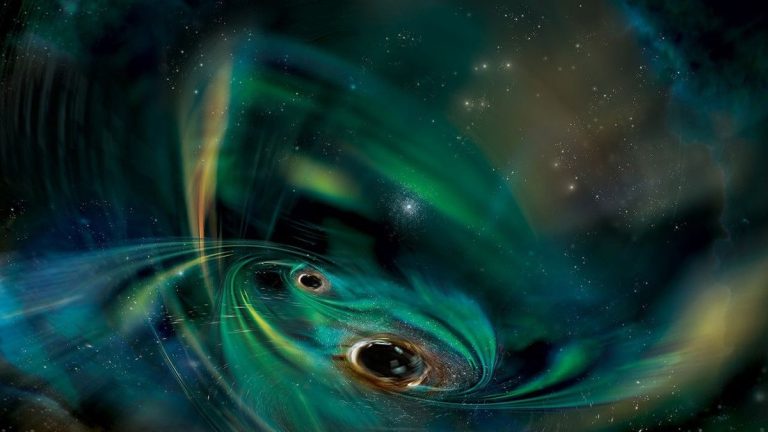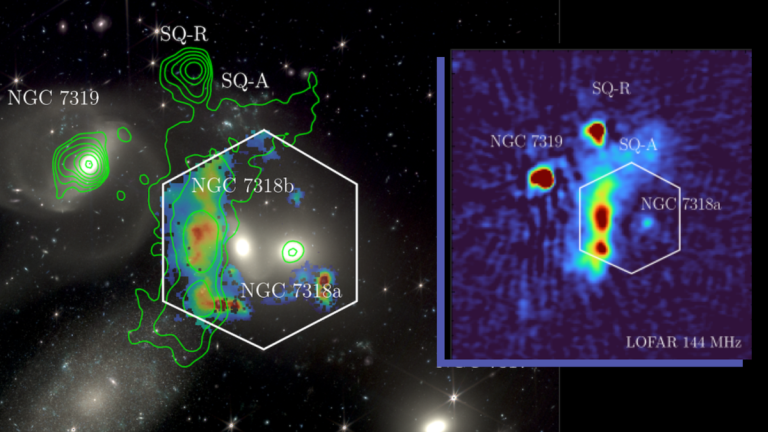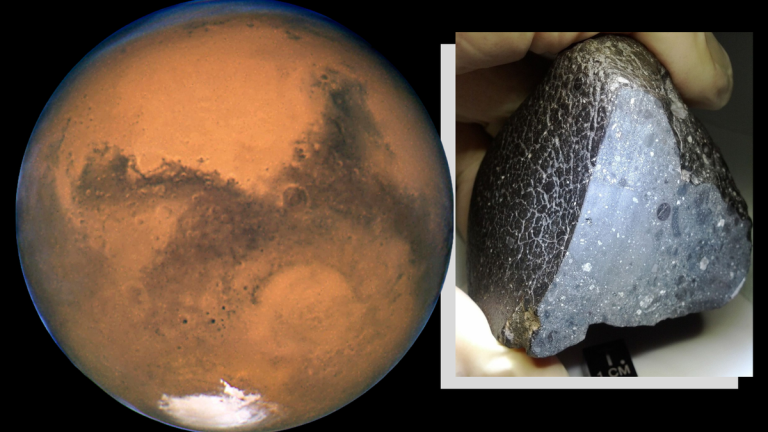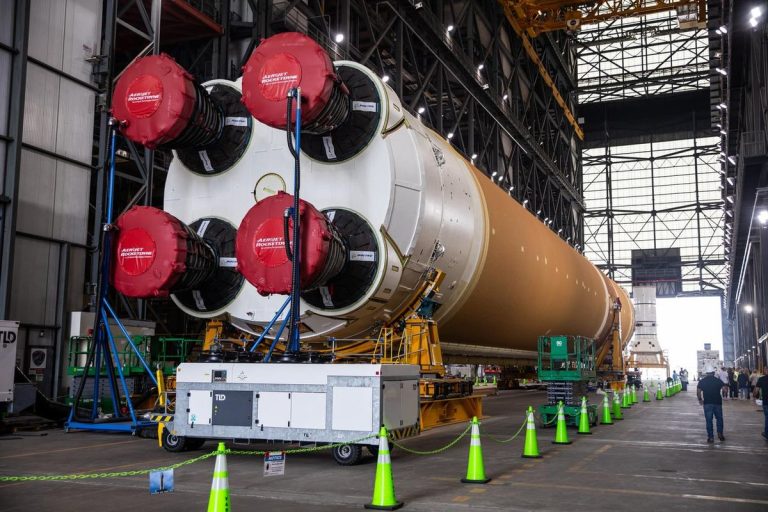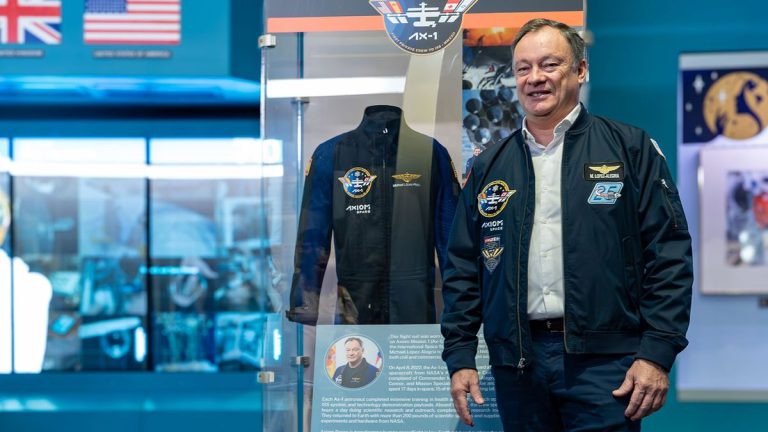
China wants to send plants, microbes and lunar resource experiments to the moon in 2028 (Image Credit: Space.com)
An upcoming Chinese lunar mission will carry a small ecosystem and other payloads to test using lunar resources later this decade.
China’s Chang’e 8 mission is a precursor mission for a moon base, named the International Lunar Research Station (ILRS) that the country wants to build with partners in the 2030s. Chang’e 8 will test key technologies needed to make the ILRS sustainable.
The China National Space Administration (CNSA) revealed details of Chang’e 8’s planned payloads in a solicitation for domestic expressions of interest in developing the payloads released on Feb. 7. Notably, these include in-situ resource utilization (ISRU) and terrestrial ecosystem experiments.
Related: Facts about China’s Chang’e moon program
The ISRU payload will be designed to melt lunar soil using solar energy. This material will then be used to manufacture components and measure their mechanical and thermal properties. Previous reporting suggests the plan is to produce bricks, which would then be capable of being assembled by robots.
The ecosystem experiment is described as a two-chain terrestrial ecosystem containing plants and microbes. The controlled, sealed environment aims to explore the viability of biological utilization of lunar soil resources and how they potentially support life-support technology — such as food and oxygen production — for a crewed lunar base. The 2019 Chang’e 4 mission notably saw a cotton seed sprout in a container on the far side of the moon.
Other payloads include a lunar-based radiometer and a multispectral imager for Earth observation. These will collect data related to Earth’s climate and its magnetosphere and how it interacts with the solar wind. Chang’e 8 will also carry a lunar surface low-frequency electromagnetic field detector, lunar soil thermal flow profiler, a soft X-ray telescope and a terrain camera.
An in-situ sample analysis device will collect and analyze lunar material. It will provide scientific data on the composition of the lunar regolith, including the presence of rare gases to support research on lunar magma ocean evolution and the history of lunar impacts.
Chang’e 8 is currently scheduled to launch no earlier than 2028. Around May this year, China plans to launch its complex Chang’e 6 mission to attempt a first-ever collection of samples from the far side of the moon. Chang’e 7, which will feature a lander, rover, relay satellite and a hopping spacecraft, is scheduled for 2026. China also aims to put astronauts on the moon before 2030.


